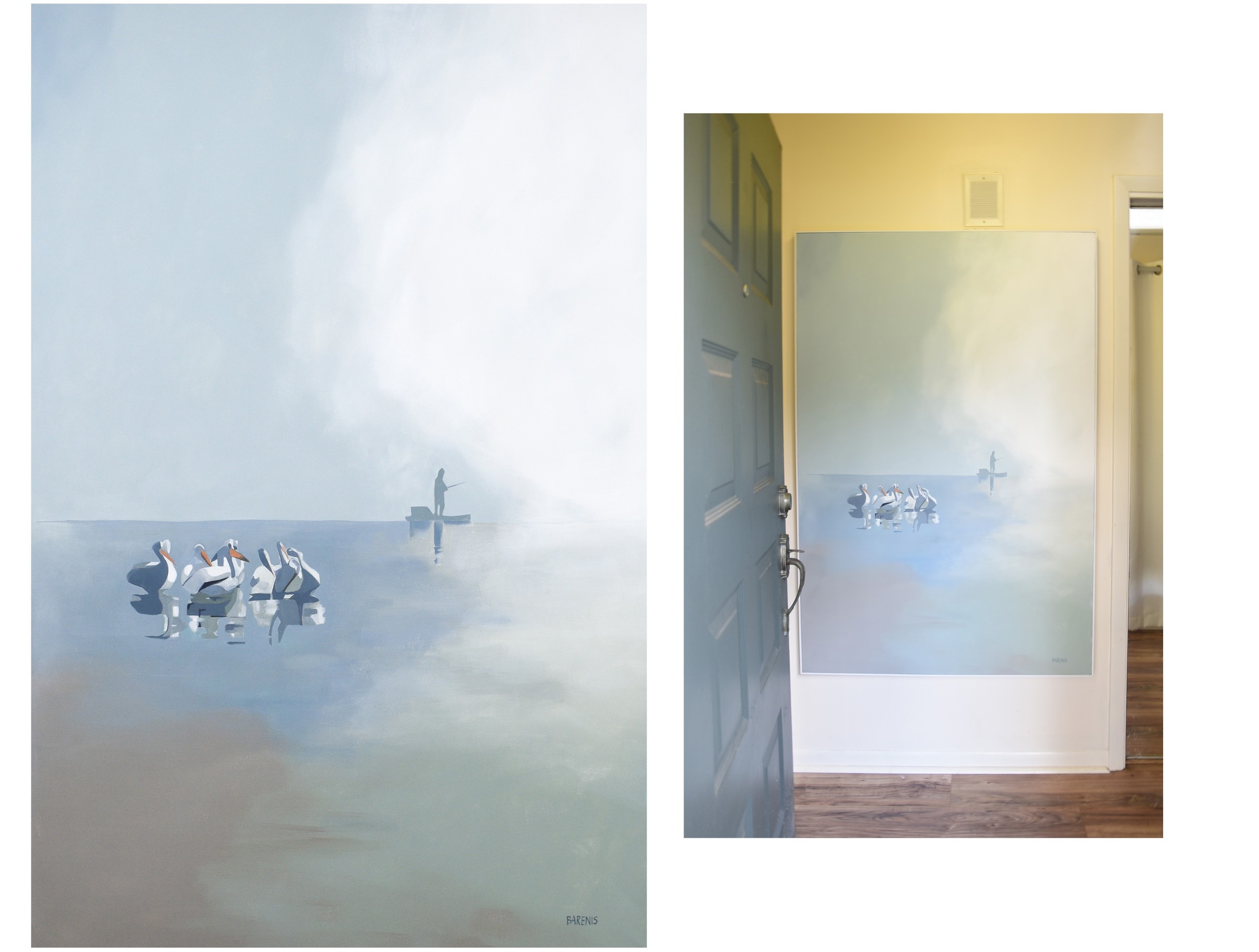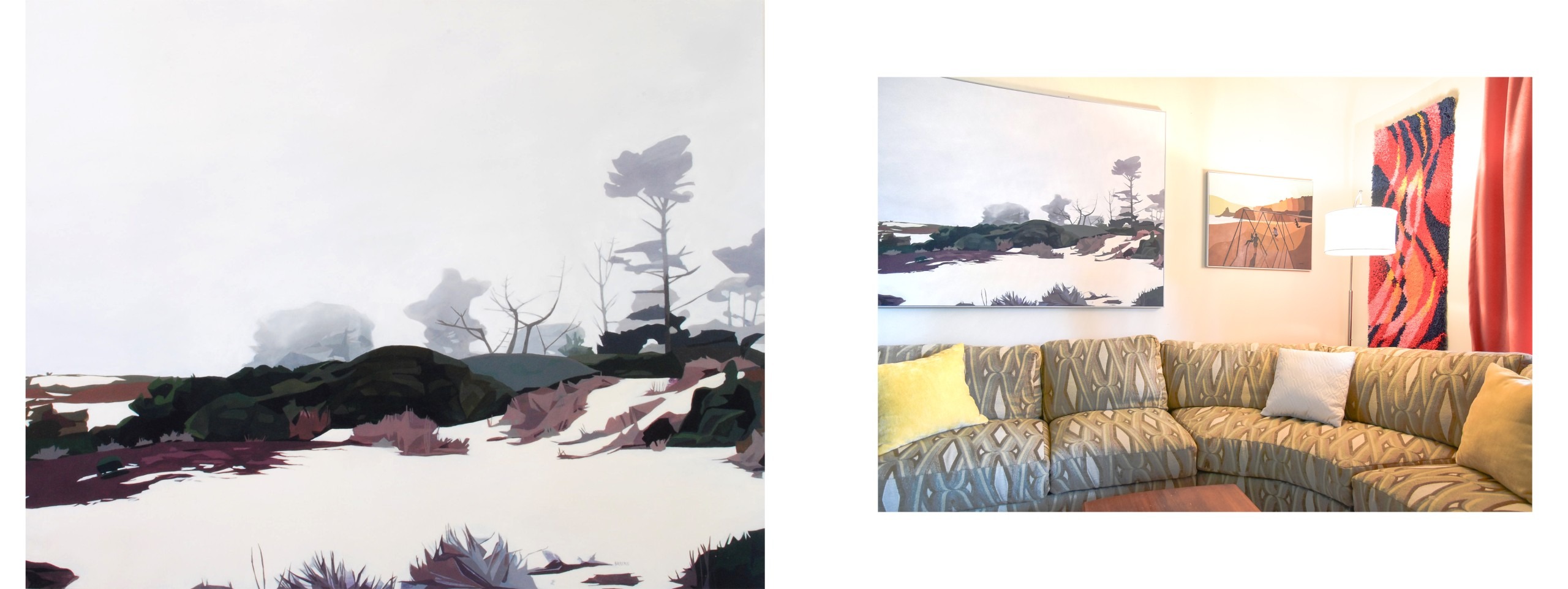This question has been asked for ages and especially at times of economic uncertainty, when communities assess their expenditures and make budget cuts. But time and again, and especially in the eyes of an artist like me, the answer is always “Yes, all art is functional!”
Of course there is a degree of functionality for each art form. Painting, for example, may be considered by some to be nonfunctional, only serving the purpose of art for art’s sake, or to only represent beauty. However, I’d like to explore a circumstance in which nonfunctional art becomes functional, and that is with the thousands-year-old practice of Chinese Feng Shui.
Feng Shui is an approach to arranging one’s surroundings so that energy is balanced. Translated, the term means “wind water,” and refers to the way that energy can flow, or stagnate, like wind and water. There can be too much or too little flow as well, so balance is key. The five elements which contribute to this theory of balance are: wood, fire, earth, metal, and water. Using a chart called a bagua, a person can identify areas of the home which need certain colors or shapes, as well as proper arrangement, to improve the energy flow in their home. An improved flow within the home directly correlates to energy flow in the person’s life experience and can also improve one’s health.
As an example, here is the entrance to my home, where I have placed a painting depicting a water scene:

According to Feng Shui principles, the entrance to a home correlates to the water element. So, images of water at the front door encourage positive flow of energy into the home.
My living room is situated in the “fire” element of the bagua map. But because I have red curtains, the fire element is already greatly supported. The wood furniture and tan sofa feed the fire element because wood helps fire energy to burn. To counteract this amount of “heat” in the room – because it is about balance after all – I have placed a foggy painting of Carmel, California, above the seating area. The muted colors give a feeling of coolness and tranquility.

Thus, even art that is traditionally considered nonfunctional does take on a purpose when the perspective of this ancient Chinese practice is considered. So next time you are trying to decide which painting to buy, consider consulting the principles of Feng Shui and prepare to feel the flow!
Some of the books I’ve read on this topic are:
“Feng Shui With What You Have” by Connie Spruill and Sylvia Watson
“Feng Shui” by Richard Craze
“Clear Your Clutter with Feng Shui” by Karen Kingston



